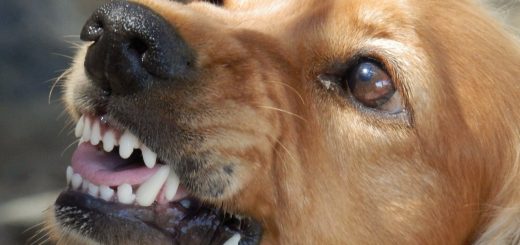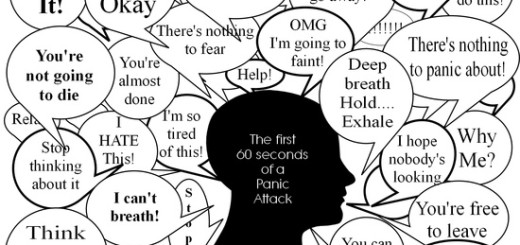How to Help Someone Having a Seizure (fit)
A seizure (fit) is caused by a disturbance of electrical activity in the brain. It usually results in uncontrolled movements and impaired consciousness. A seizure can be very alarming to witness, especially if it occurs unexpectedly. Try to remain calm and keep any hazardous items away from the patient.
Seizures may be the result of disease, injury or epilepsy. Most victims make a full recovery. The important action for any bystander is to protect the person from injury during the seizure.
Signs of a seizure include sudden unconsciousness. There may also be arching of the back; convulsive twitching and jerking of the limbs; clenched jaw, sometimes foaming at the mouth; and noisy or absent breathing with blue lips.
Sometimes, there is a loss of bladder or bowel control. After a few minutes, the muscles relax and the patient comes round, but is usually dazed for a while and may wish to sleep. This is known as the post-ictal phase.
First Aid Steps for a Seizure
Never try to restrain the person’s movements or insert anything into the mouth.
- If someone is about to collapse, try to cushion the fall to prevent injury.
- Take away any hazardous items such as glasses or knives.
- Move dangerous objects out of the person’s path so they cannot hurt themselves whilst fitting.
- Call for emergency medical help
- Once the fit has stopped place a pad under their head and loosen any tight clothing around the neck.
Febrile Seizures (convulsions)
Children under the age of four are at risk of seizures developing when they have a raised temperature. Febrile convulsions are very alarming but rarely dangerous.
Symptoms include:
- feverish, flushed, hot child
- eyes rolled upwards, fixed or crossed
- jerking limbs, arched back, stiffness, clenched fists





